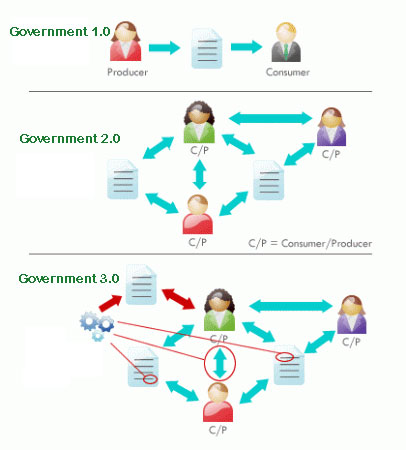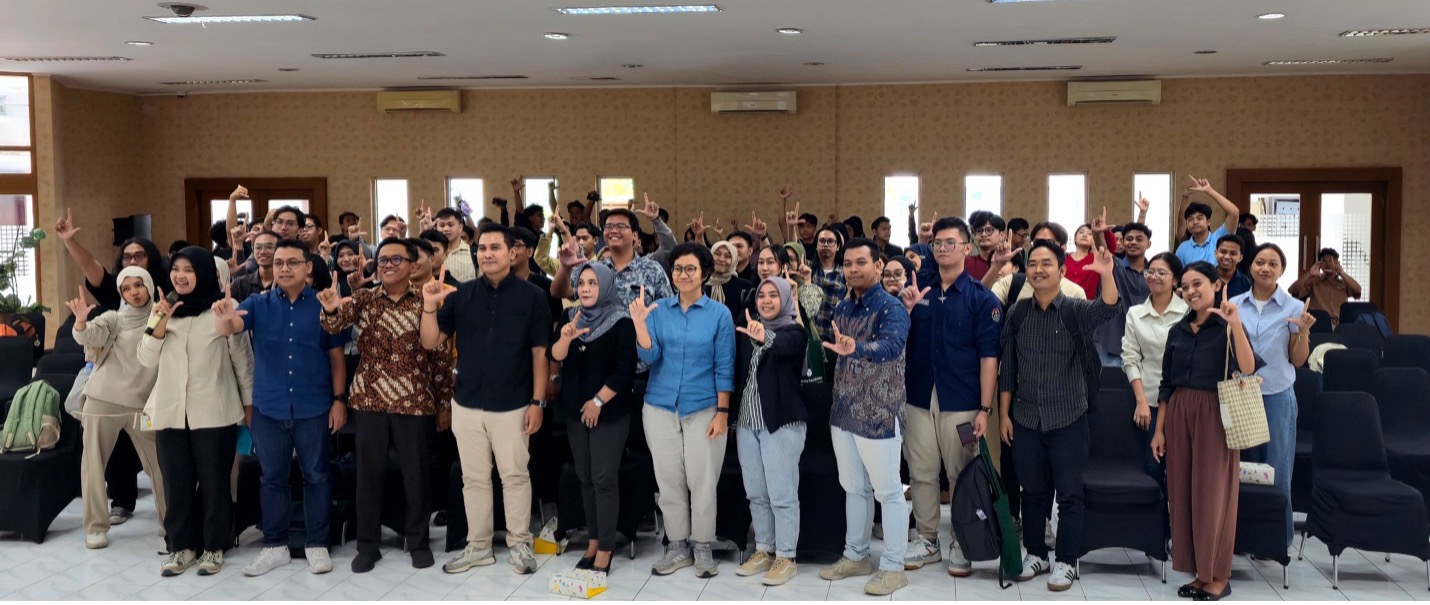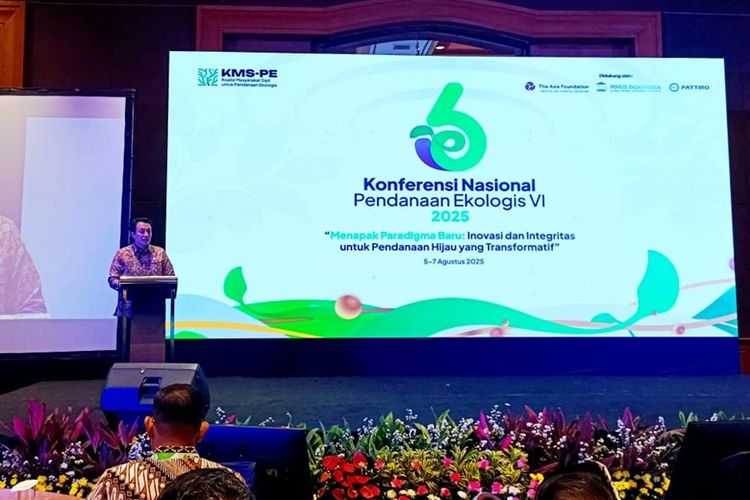Global trends show that there has been a significant change in the balance of political power within a country. This change is what Jimly Asshiddiqie calls the emergence of a new ‘Trias Politica’, namely: State, Civil Society and Market. In this new format, strategic collaborations occur in the implementation of public affairs which were originally understood to be the sole responsibility of the government. To explain this, the author will call it co-management.
One sign of the global trend towards co-management is the presence of various state auxiliary bodies. On the one hand, the presence is intended to streamline and accelerate the implementation of increasingly diverse and specific public affairs in achieving state goals. On the other hand, their presence also reflects the cohesiveness of the three elements, namely society, the market and the state.
Community participation in governance is now entering the areas of strategic decision-making up to the implementation level. In the UK, this trend has led to the formation of more than 350 supporting state institutions. Several countries whose population numbers are far below Indonesia, such as New Zealand, have also increased quite significantly.
In Indonesia, the existence of various supporting state institutions has also contributed to the acceleration of post-reform reconciliation. However, naturally reforms always leave enough social groups that represent the status quo and distrust in society. This situation often causes latent and counter-productive conflicts in state administration.
Evaluation of the existence of supporting state institutions in Indonesia needs to consider this social phenomenon in depth and not just the urgency of administrative functions and then their structure and position in the constellation of state organs. Public discourse about the existence of supporting state institutions in Indonesia has in a number of ways been trapped in a kind of negative reaction from anti-reform forces rather than a proportional evaluation. In recent decades, the presence of supporting state institutions has become a kind of social investment stage for the birth of collaborative democracy.
Government 3.0: The State as a Platform
The digital world is increasingly giving quite a strong influence on perspectives on the transformation of social and political relations in the context of an open government. Internet terminology in marking the generation of web technologies is one of them. Web 1.0 was the beginning of the use of websites which were marked by the use of static pages with HTML tags. This technology was introduced in 1990 by Tim Berners-Lee. Web 1.0 only displays static information on each page (read only).
The next generation is the Web. 2.0 which is quite popular today. Users or visitors not only read information, but can begin to interact on the site (read-write). This generation has given birth to what is known as social media. This phenomenon has inspired a platform called Government 2.0. In the United States, Noveck introduced what is known as the Wiki Government.
Web 3.0 is characterized by what is known as the semantic web. This generation has artificial intelligence (artificial intelligence). If in generation 2.0 between users who communicate with each other, then in generation 3.0 a website can read other websites as users do. This is supported by the existence of a web service. Through version 3.0 the applications embedded in each website communicate with each other. The gap between platforms is eliminated.
The digital revolution has brought changes to the state’s position. These changes often even use the stage symbols mentioned above, although they are not always analogous. For this time I will make an analogy of the changes in the state administration system towards an open government based on these stages.
The first stage (Government 1.0) where the government runs based on a separate decision making. Information on implementation is carried out unilaterally and the public can only accept the final results without being able to influence more than just feedback. This is a form of static accountability. This period occurs in a closed regime. Slightly more advanced than this stage was the introduction of pooling methods or online complaint handling mechanisms in state administration.
The second generation (Government 2.0) is marked by a shift in the position of state administration to become more facilitative in decision making. Interactions between elements of society (markets and civil society) in decision-making forums become more interactive and enter the policy formulation stage up to the implementation stage. Patterns of collaboration develop in a space called the state. This is the hallmark of the second stage, the state as social media. After the reform, this situation began to occur in various sectors in Indonesia but it is still artificial. This stage is characterized by an increasingly dynamic social accountability system.
The third stage (Government 3.0) will be marked by the integration of each platform for each decision-making sector into one large platform, namely the state. This generation is characterized by the presence of an application that is connected to other applications in the branches of state institutions. If initially the relationship was divided into three elements: the state, the market and civil society, then in this generation the state has become a large platform which is increasingly co-managed by the two elements, namely the market and civil society. Going forward, the state has not only shifted various government information and data into the public sphere, but the state has begun to become a public space itself. It seems that this stage has not yet started in Indonesia. (written by By: Alamsyah Saragih)






